Kids with Attention Deficit Hyperactivity Disorder (ADHD) are often admonished for having “ants in their pants.” They can't seem to sit still, focus or manage their energy levels! Their restlessness often further impacts the classroom by disrupting their peers’ learning as well.
Parents and educators are constantly seeking effective tools to support children with ADHD. Our occupational therapists, and many others, love the Wiggle Seat. It may seem counterintuitive to give a child who can’t sit still a cushion that makes them even more wiggly. Do these sensory cushions really help kids with ADHD?
What Are Wiggle Cushions?
Wiggle cushions are inflatable pads designed to encourage movement while sitting. When placed on a chair or the floor, the cushion allows children to shift their weight and move subtly, without leaving their seats.
Benefits of Wiggle Cushions for Kids with ADHD
1. Improve Focus and Attention
Children with ADHD often have an overwhelming need to move. Providing them with a way to subtly wiggle in place can help them stay seated and focused on the task at hand. The movement facilitated by the wiggle cushion also increases blood flow to the brain, which boosts both cognitive function and attention span.
2. Support Sensory Processing
ADHD often comes hand in hand with sensory processing disorder. Textured seat cushions, like the Spiky Tactile Cushion, provide both movement and tactile input that some kids need in order to stay regulated. Adding vibration to a cushion, like the Senseez Pillow, is another great way to stimulate the senses and reduce hyperactivity. If a child still struggles with remaining in place, put the seat cushion inside the Boundary Chair cover to give them a physical reminder of the edge of their seat.
3. Promote Better Posture and Core Strength
The Lean-N-Learn Wedge Cushion promotes proper sitting posture, which can improve spinal alignment and reduce discomfort during long periods of sitting. The cushion’s instability also requires children to engage their core muscles to maintain balance. This encourages physical strength and improved endurance.
4. Create a More Inclusive Learning Environment
Outfitting a classroom with a flexible seating kit can lead to a more inclusive learning environment for all students. At home, these sensory cushions can make activities such as homework or reading more manageable and enjoyable for kids with ADHD.
5. Multiple Uses
Wiggle cushions are not just for sitting. When kids need a break, they can use the wiggle cushion for balance activities, making them a great choice to include in a sensory gym or physical therapy clinic. Many teachers also like to use wiggle cushions on the floor for circle time, as dynamic spot markers, or for meditation and mindfulness activities.
Things to Look For in a Wiggle Cushion
Though there are many different types of wiggle cushions you can choose from, here are some of the features our occupational therapists recommend considering.
- Durability– Look for a cushion made from high quality materials to withstand regular use.
- Versatility– A cushion that can be used on chairs, benches or the floor will provide more flexibility for use in various activities and settings.
- Adjustability– If the cushion can be inflated or deflated to the desired firmness, it will better cater to individual comfort and sensory needs.
- Engaging design– Bright colors and/or fun textures can increase appeal to children, encouraging regular use of the cushion.
With so many benefits, wiggle cushions can be a highly effective tool to help children with ADHD manage their restlessness. By providing an outlet for movement, sensory input and promoting better posture, these cushions can enhance focus, reduce anxiety and create a more supportive learning environment. Whether used in the classroom or at home, wiggle cushions can significantly improve a child’s ability to concentrate, learn and thrive.
You can find the perfect fit for your child’s needs in our range of sensory cushions and other types of flexible seating. Still need help? Read more of our ADHD success strategies.

















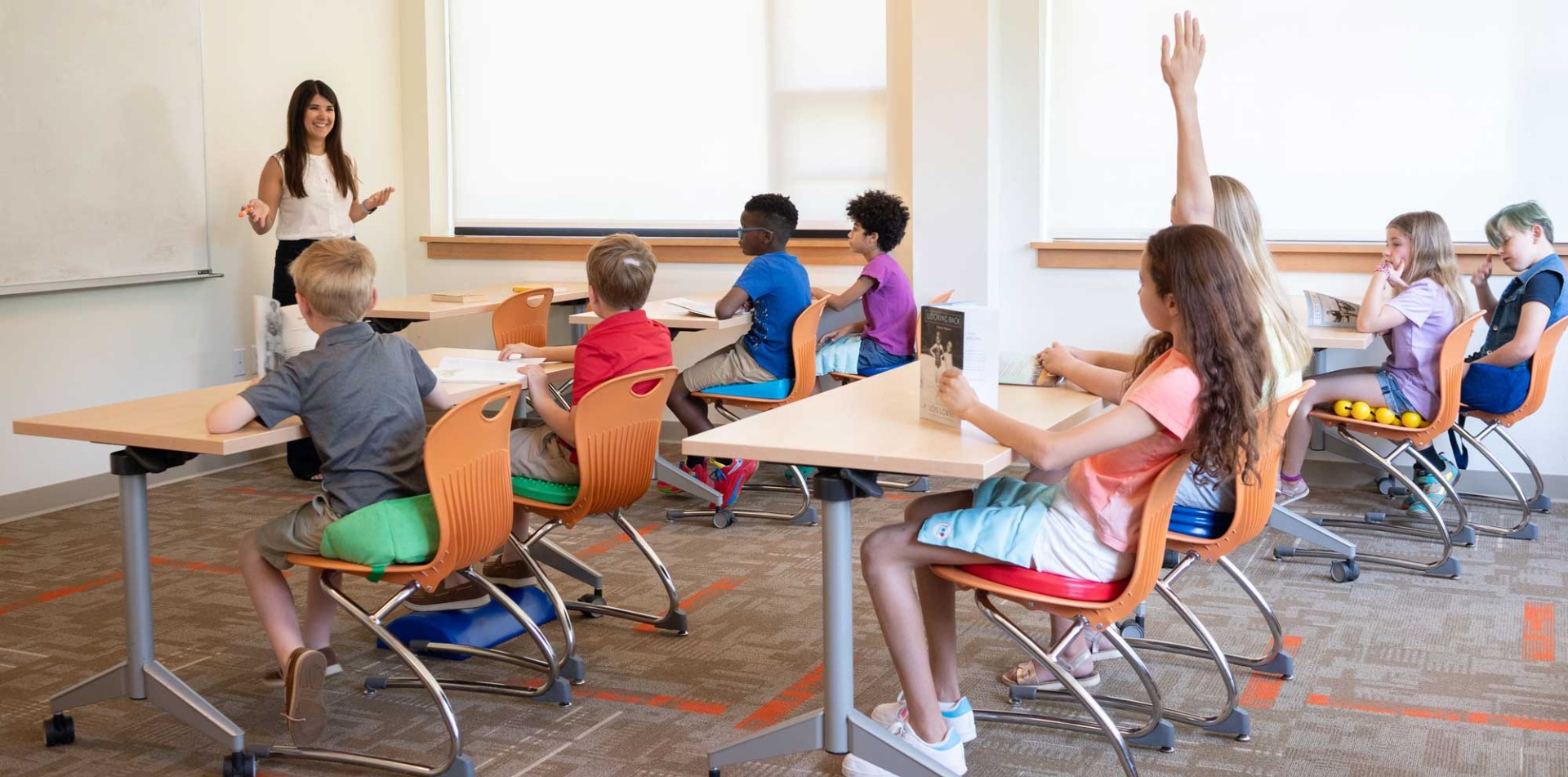
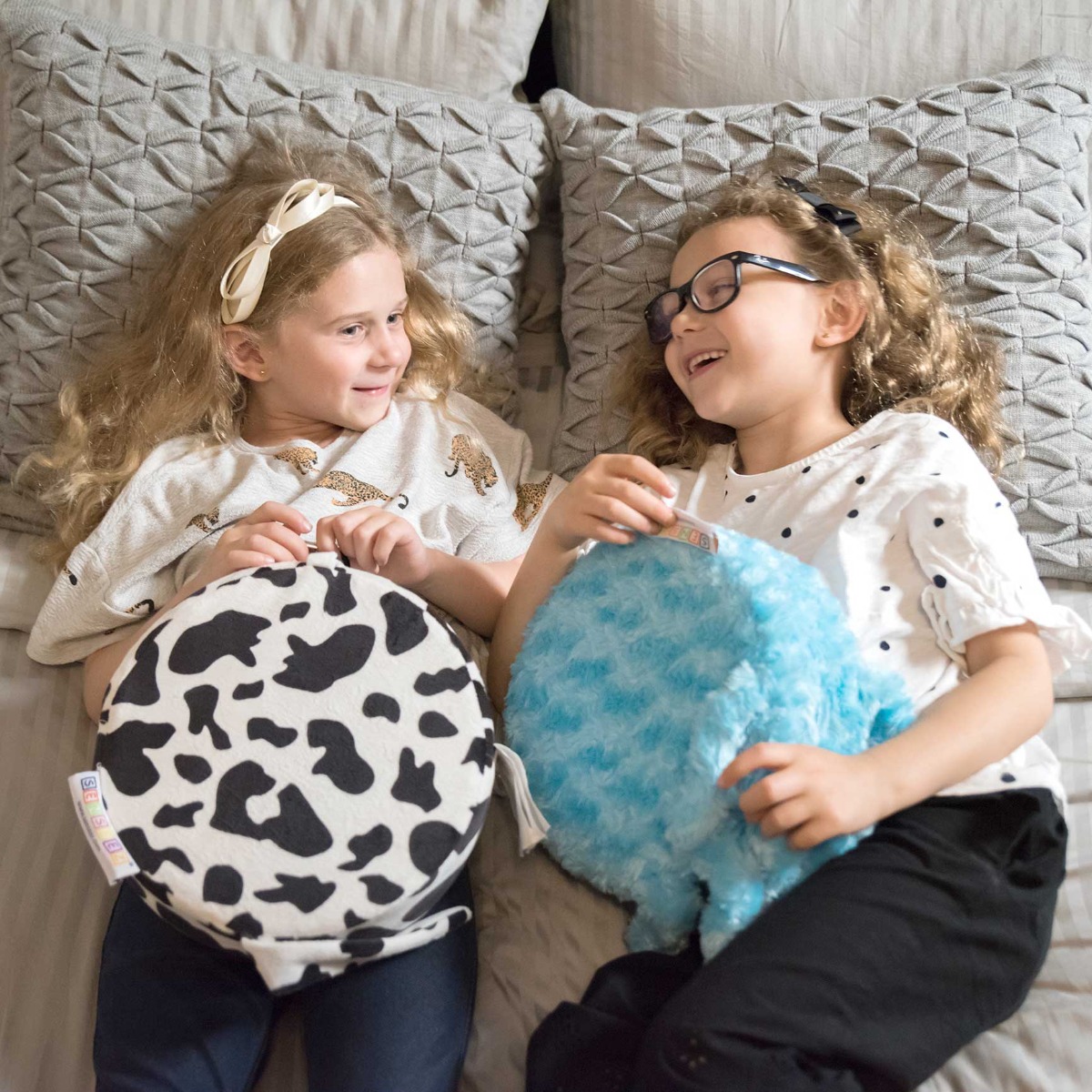


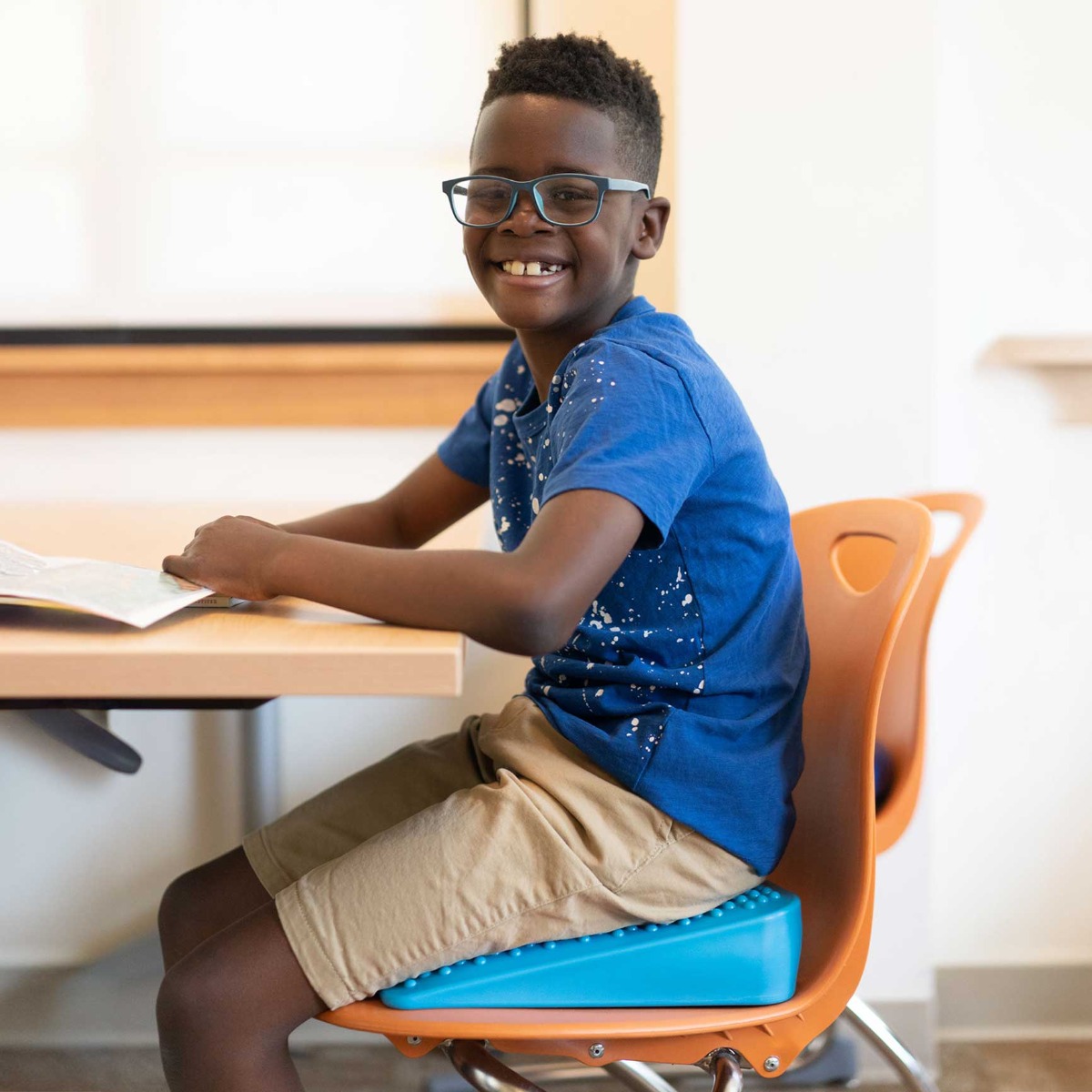

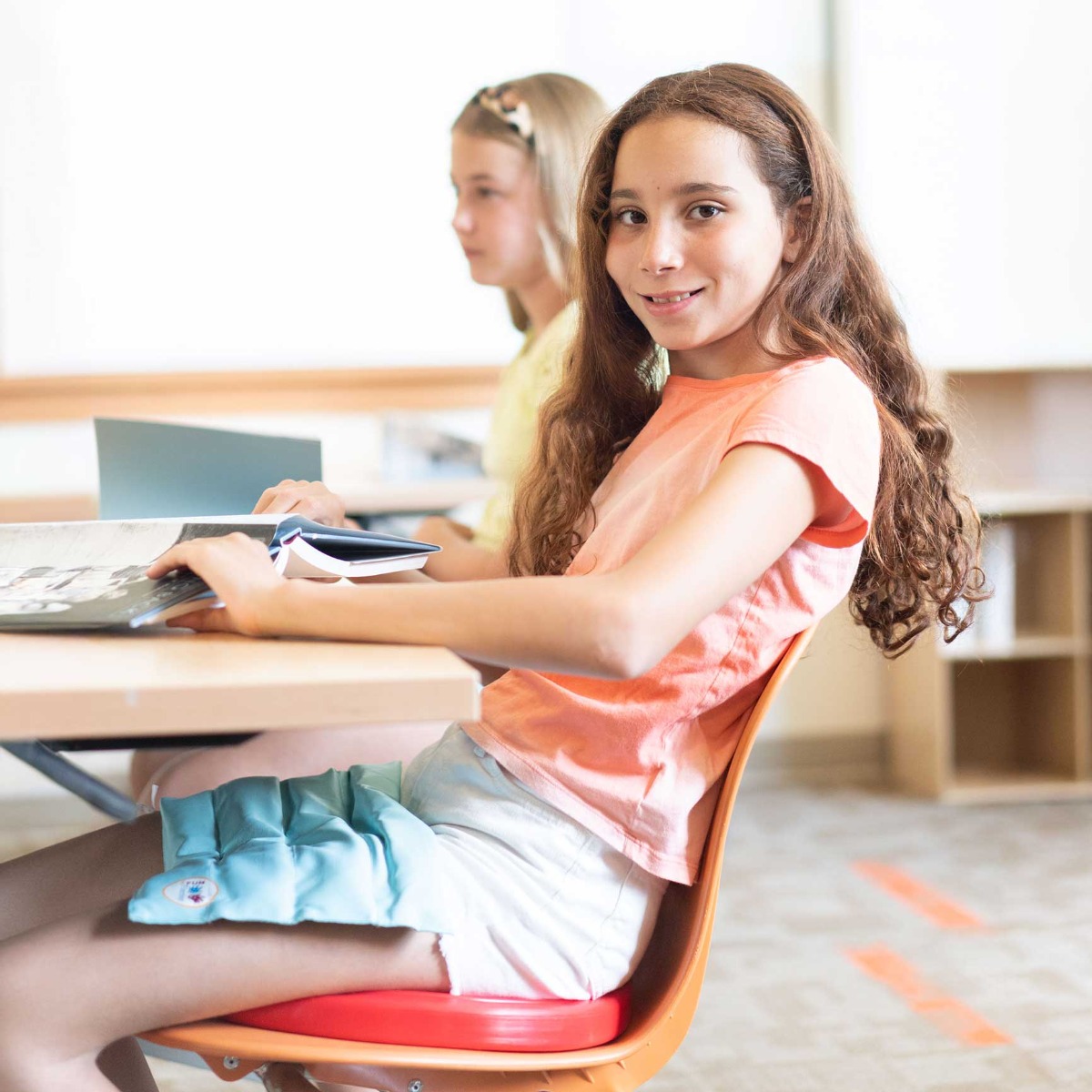
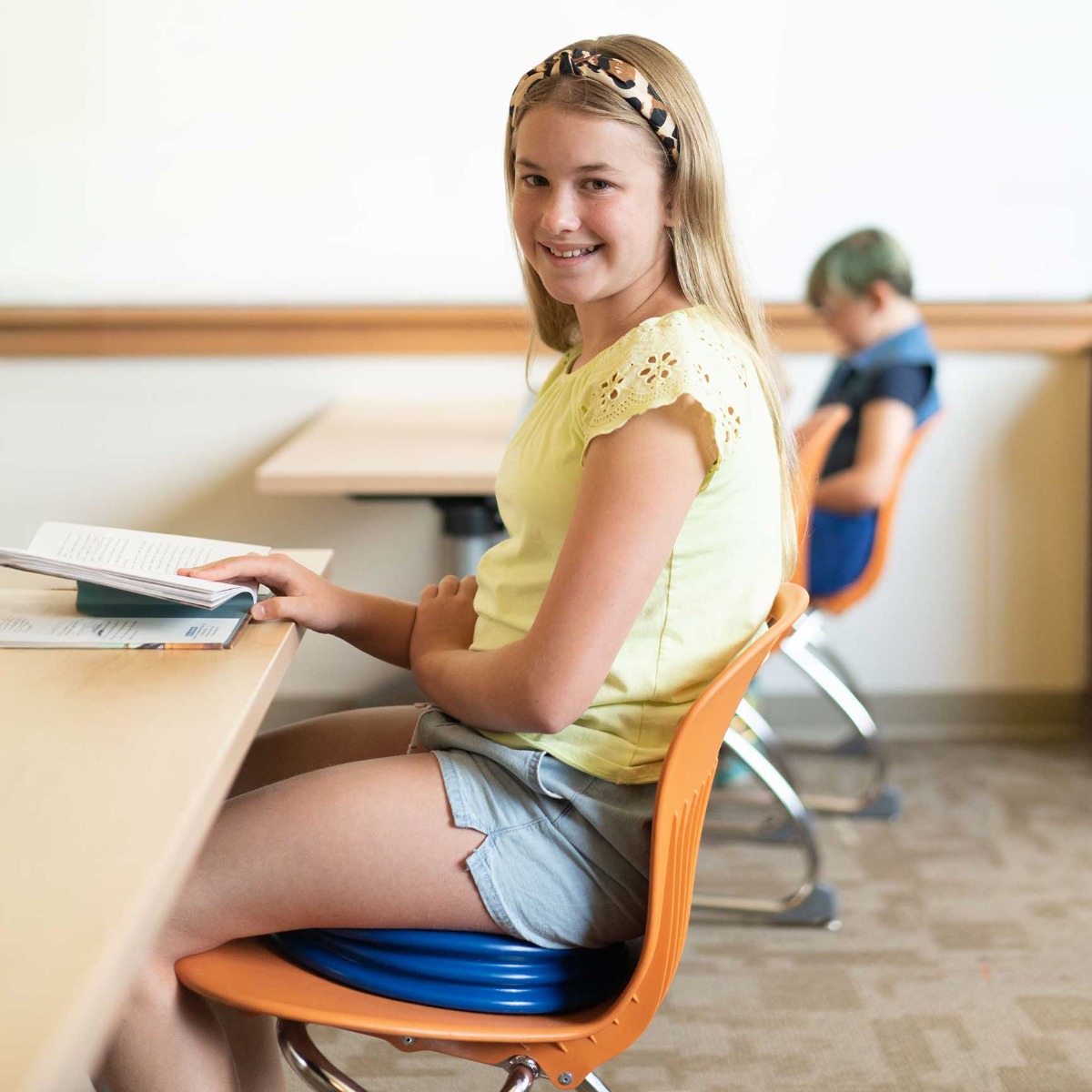





Comments